In my recent report of a visit to Branklyn Gardens in Perth, I made mention of the wonderful blue poppies (Meconopsis) and suggested the idea of propagating some by saving seeds, followed by offering two different techniques.
As a result, I had a note from one chum which started with the usual “You telt me to sow they Meconopsis seeds right away but you didnae mention that the young plants wid aw dee in the winter.”
Guilty as charged.
Saving seeds
Autumn-sown plants do survive perfectly well if they are properly looked after because they are vulnerable to damping off.
Let me therefore suggest that the second technique is probably safer.
Save the seed in a brown paper bag, when it is thoroughly ripened, to be sown in late February or early March next year, in frost-free conditions.
Bedding plants
Some gardeners enjoy saving seeds of bedding plants, one local chap has the most stunning display of petunias again this year, all from seeds he saved last autumn.
He prickles a bit when he sees the price of seeds nowadays considering the little there seems to be in each packet but he is not a mean person, that’s for sure because he pours a fair dram.
The fact is, he has come to enjoy the challenge of growing plants from seed he has saved himself though the outcome may be unpredictable.
For some, that is what makes gardening so fascinating.
Seed tatties
What about saving seed tatties then? They are referred to as ‘seed’ potatoes but don’t be misled by the use of that word ‘seed’.
Planting potato tubers saved from the previous year’s crop is classed as ‘vegetative’ propagation, like taking cuttings or grafting material from existing plants.
The new crop will be perfect images of the parent plant, the phrase ‘a chip off the old block’ comes to mind.
On the other hand, the real growing from seed, the product of two parents, will lead to a mixture of characteristics, we should know that, humans are hybrids, every plant can be different from one another.
Back to spuds for a tic – be careful, as the stock is getting old, look for signs of a reduced yield, maybe too many small tubers or unhealthy foliage, it may be time to start again with fresh stock.
Some dedicated vegetable growers save their own seed from a range of vegetables but I have to confess, I prefer to use fresh new seed of known varieties every year because the seed growers have produced what are referred to as ‘true breeding lines’ which means that you always get exactly what it says on the packet.
Flower seeds
Saving your own flower seeds seems to be quite popular too, just a bit of fun and excitement of maybe creating a new variety with slightly different habit or a new colour of flower.
One plant which never seems to disappoint when grown from seed is the herbaceous perennial, Hosta.
It is very promiscuous, I guess that is why there are so many different varieties.
They cross pollinate readily, giving rise to all sorts of variations, many may be discarded but, you never know, you might produce a stunner.
Why not have a go?
Save the seed by cutting off the flower stalks, dip the seed heads in to a brown paper bag, leaving the stalks sticking out at the top and secure loosely with a twist-grip. Hang up in a dry airy place and as the seeds ripen, they will drop in to the bottom of the bag (Meconopsis style).
In late autumn, remove the debris and carefully pour the seeds in to a paper envelope and store in a dry frost-free drawer or box until they can be sown in spring.
F1 hybrids
Now to the technical bit.
In recent times we have been able to benefit from the introduction of plants which are labelled F1 hybrid.
Sowing seeds collected from these F1 plants will NOT produce ‘more of the same’.
The F1 hybrid seed is more expensive to buy than ‘ordinary’ seed which is referred to as open-pollinated seed because the F1 is much more expensive to produce.
To do so, the seed grower must maintain stock of the male parent line and the female parent line in total isolation so that they remain 100% true to type.
When they sow a batch of each next to one another, they can only pollinate one direction to produce the very special first filial generation, the F1.
The variety that is designated to be the female, has to be emasculated so that it cannot produce any pollen (the male agent).
Now you know why F1 hybrid seed is more expensive.
You might like to try sowing seed from F1 flowers, don’t be surprised if you end up with a load of… compost.
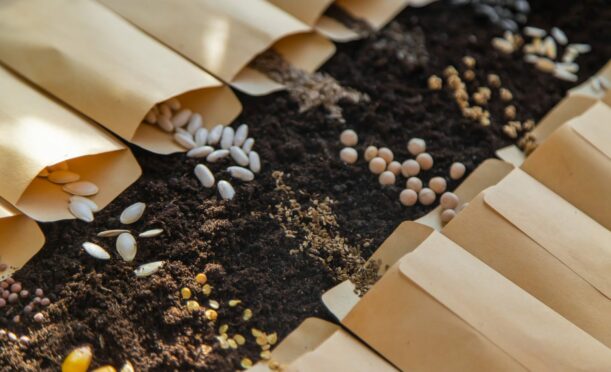
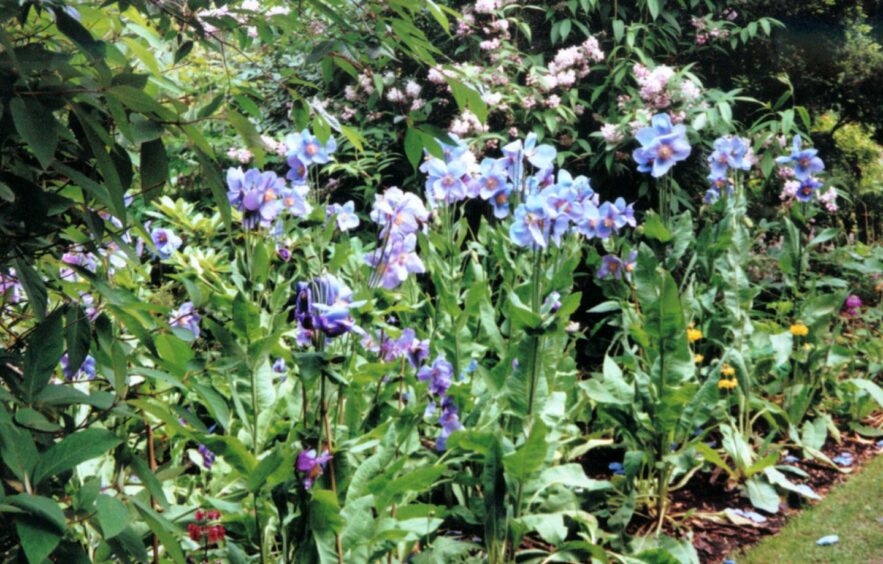
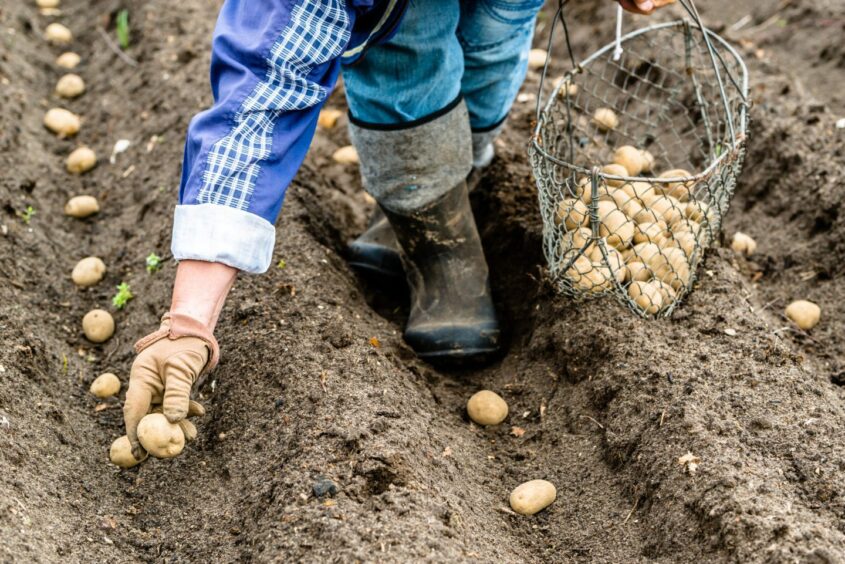
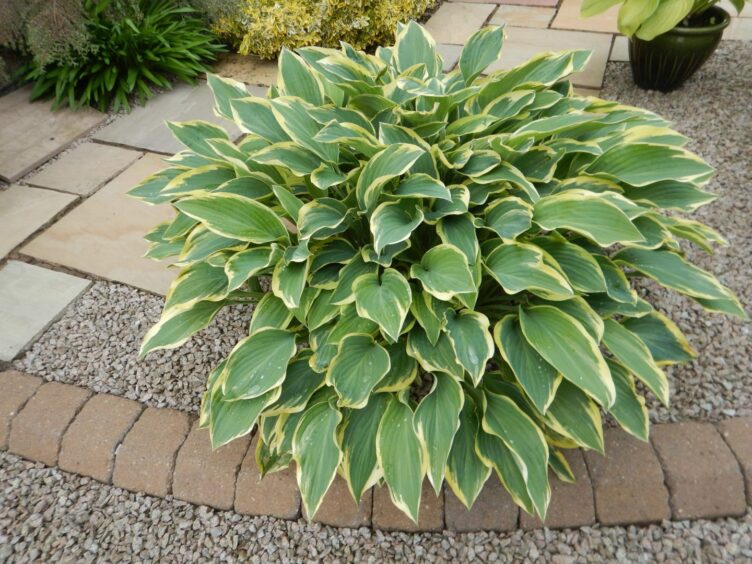
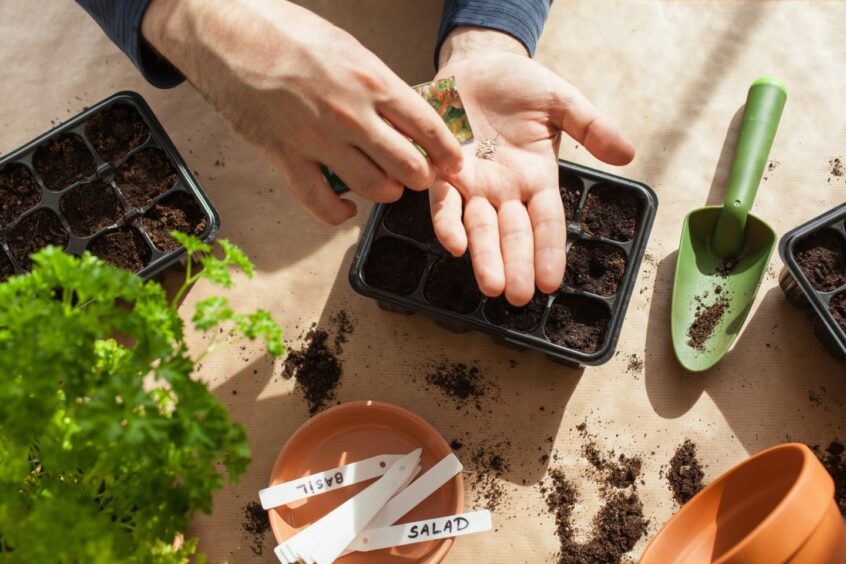
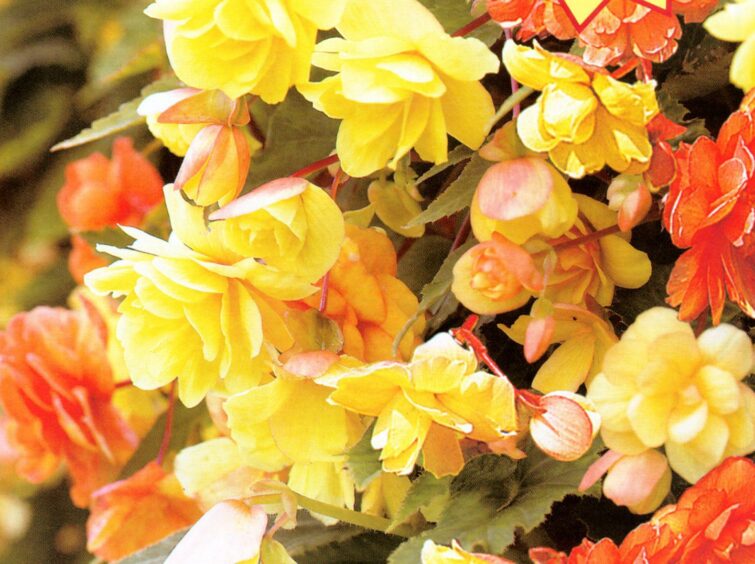
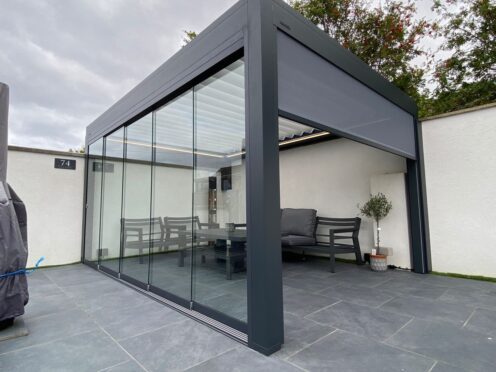









Conversation